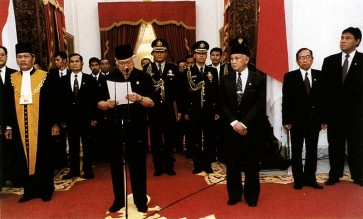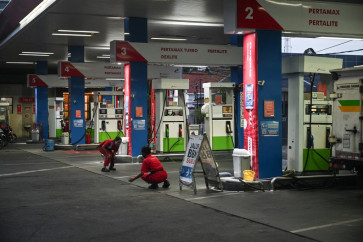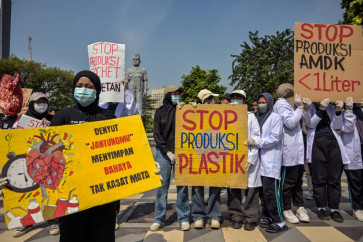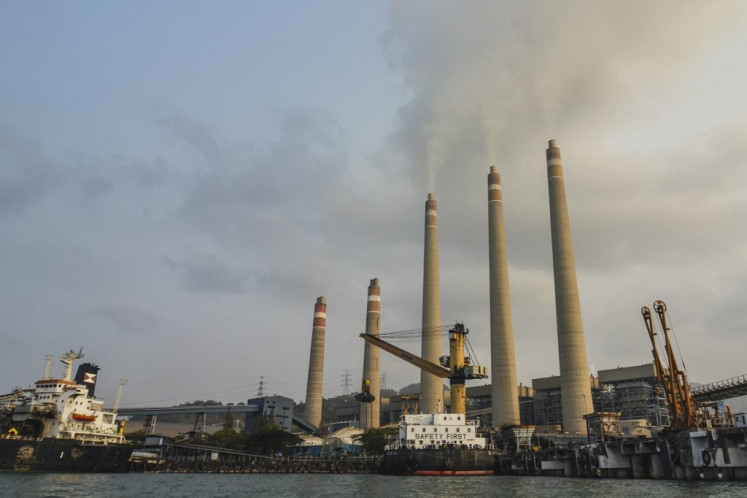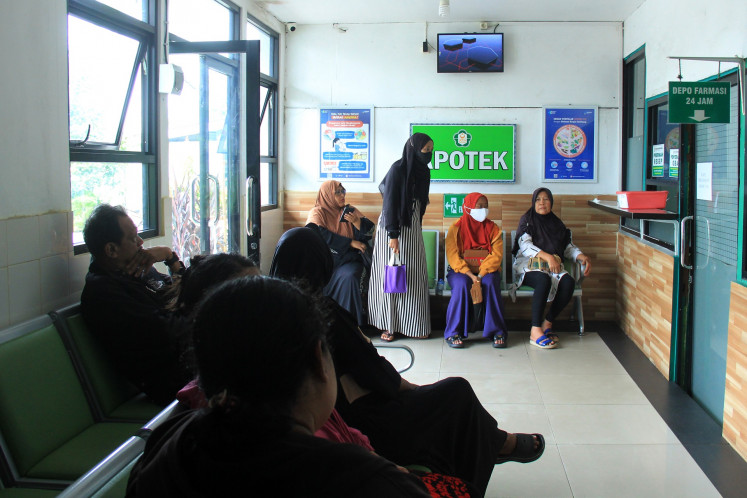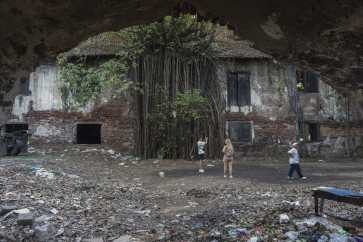Popular Reads
Top Results
Can't find what you're looking for?
View all search resultsPopular Reads
Top Results
Can't find what you're looking for?
View all search resultsLost to modernity: Urban expansion squeezes Batavia-era warehouse
Change text size
Gift Premium Articles
to Anyone
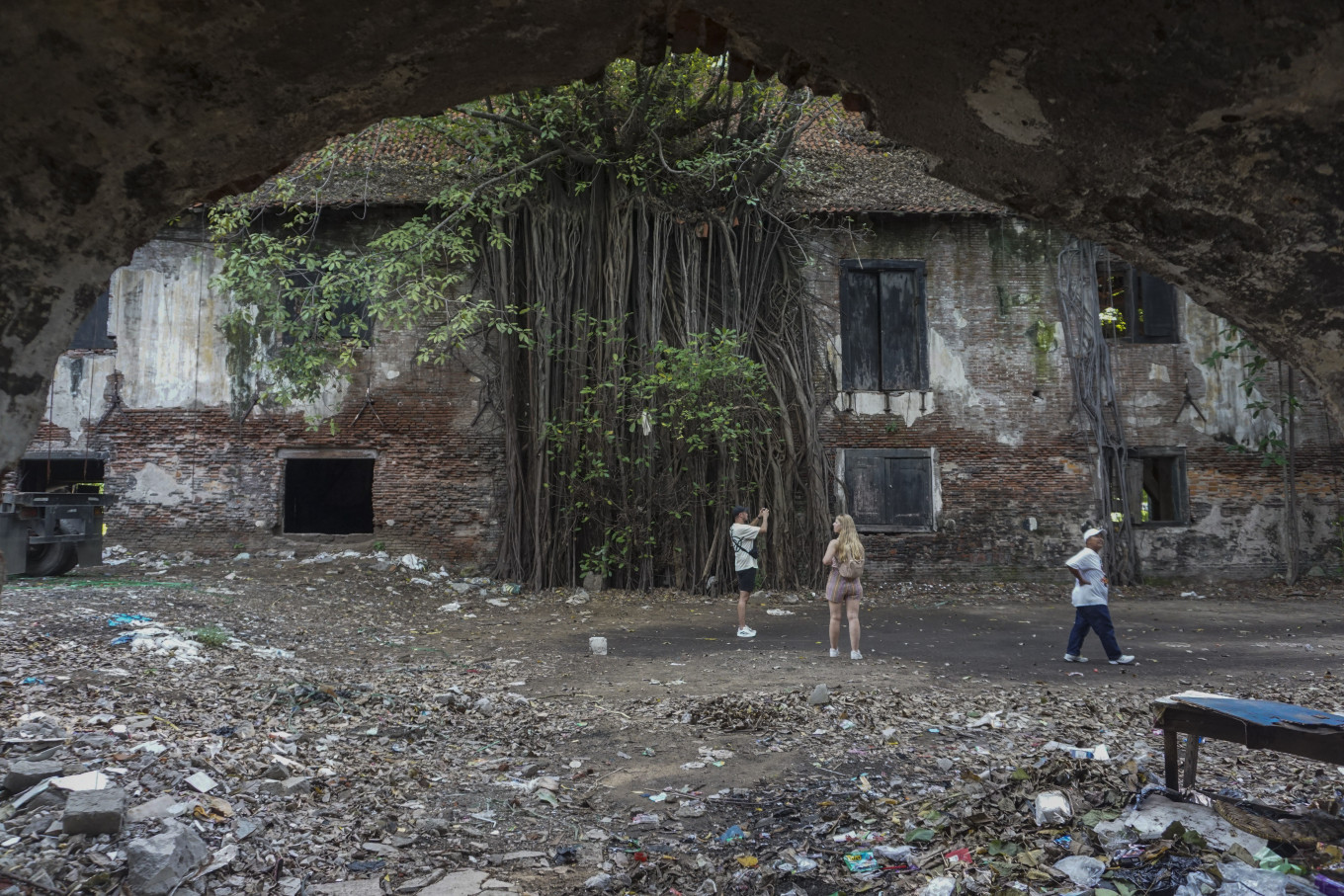 Foreign visitors stop by Gudang Timur (Eastern Warehouse) in Ancol, North Jakarta, during a tour on Oct. 1, 2025. The 17th-century heritage building was one of four spice warehouses that were part of Kasteel Batavia (Batavia Castle), the administrative center of the Dutch East India Company (VOC), but has fallen into disrepair and is at risk of losing its historical value.
(Antara/Ika Maryani)
Foreign visitors stop by Gudang Timur (Eastern Warehouse) in Ancol, North Jakarta, during a tour on Oct. 1, 2025. The 17th-century heritage building was one of four spice warehouses that were part of Kasteel Batavia (Batavia Castle), the administrative center of the Dutch East India Company (VOC), but has fallen into disrepair and is at risk of losing its historical value.
(Antara/Ika Maryani)
H
idden behind toll road projects and container trucks to the capital’s north, a 17-century colonial structure stands in quiet decay, its walls overgrown with moss and tree roots, its history fading beneath Jakarta’s relentless modernization.
The two-story building on Jl. Tongkol Dalam in Ancol, North Jakarta, is the slowly crumbling edifice of Gudang Timur (Eastern Warehouse), part of a quartet of facilities for storing spices built by the Dutch East India Company (VOC) in the 17th and 18th centuries.
Then known as Graanpakhuizen, or grain warehouse, the storage complex once played a key role in the thriving maritime trade of the colonial capital, Batavia.
After independence in 1945, many colonial structures in Indonesia were left to deteriorate or demolished for urban development.
Two of the four warehouses were dismantled in 1995 to make way for toll roads, while another collapsed over time, said Amat Kusaini Al-Alexs, tour guide coordinator at the Jakarta History Museum.
Now, history appears to be repeating itself. The last surviving warehouse is hemmed in by new construction, and any trace of its former life is drowned out by the rumble of heavy machinery and nearby traffic.
“The building should have been restored. This warehouse is part of the city’s historical landmarks,” Amat told The Jakarta Post last week.


